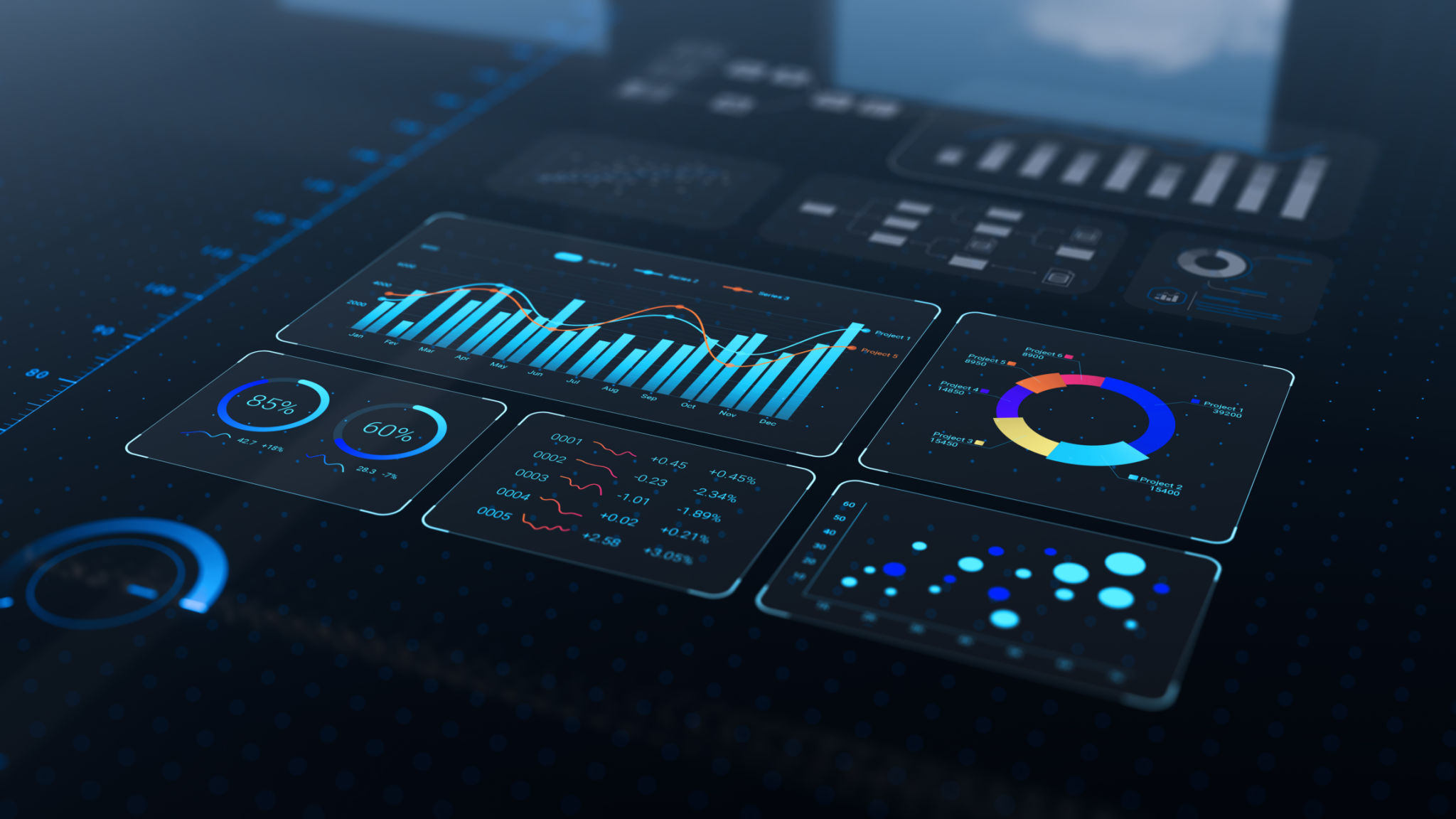The Importance of Measuring Media Impact on Business Growth
Understanding Media Impact
In today's fast-paced digital landscape, businesses are increasingly investing in various media channels to promote their products and services. However, simply investing in media is not enough. To ensure these efforts translate into tangible growth, it's crucial to measure the impact of these media activities on business growth. Understanding how media campaigns influence customer behavior, brand awareness, and ultimately sales, allows companies to optimize their strategies for better results.

The Role of Data in Measuring Media Impact
Data plays a pivotal role in evaluating the effectiveness of media campaigns. By gathering and analyzing data from multiple sources, businesses can gain insights into how their media efforts are performing. This data can include website traffic, social media engagement, conversion rates, and more. By connecting these data points, companies can form a holistic view of how different media channels contribute to their overall growth.
Moreover, utilizing advanced analytics tools can help businesses track the customer journey from initial engagement through to conversion. This enables them to identify which channels are most effective in driving sales and which may need improvement.
Key Metrics to Track
When measuring media impact, there are several key metrics businesses should focus on:
- Return on Investment (ROI): This metric helps determine the profitability of media campaigns by comparing the revenue generated to the cost of the campaign.
- Customer Acquisition Cost (CAC): Understanding how much it costs to acquire a new customer through different media channels is crucial for budget allocation.
- Engagement Rates: Measuring likes, shares, comments, and other forms of engagement can indicate how well a message resonates with the audience.

The Benefits of Measuring Media Impact
Measuring the impact of media on business growth offers numerous benefits. Firstly, it allows businesses to allocate resources more efficiently by investing in the most effective channels. Secondly, it provides insights into customer preferences and behaviors, enabling more personalized marketing strategies. Lastly, understanding media impact fosters continuous improvement by highlighting areas needing adjustment or innovation.
Additionally, businesses that regularly measure their media impact are better positioned to adapt to market changes and consumer trends. This agility can lead to a competitive advantage in an increasingly crowded marketplace.
Utilizing Technology for Accurate Measurement
Technology is a game-changer when it comes to accurately measuring media impact. Tools such as Google Analytics, social media analytics platforms, and customer relationship management (CRM) systems provide detailed insights into campaign performance. These technologies enable businesses to track and analyze data in real-time, allowing for quick adjustments and informed decision-making.

Furthermore, leveraging artificial intelligence and machine learning can enhance predictive analytics, helping businesses forecast future trends based on past data. This foresight enables companies to stay ahead of the curve and make proactive decisions that drive growth.
Challenges in Measuring Media Impact
Despite the advantages, measuring media impact is not without its challenges. One significant hurdle is attributing conversions to specific channels, especially in multi-channel campaigns. It can be difficult to determine which touchpoint was most influential in a customer's decision-making process.
Another challenge is dealing with vast amounts of data from various sources. Ensuring data accuracy and consistency is essential for reliable analysis. Businesses must implement robust data management practices to overcome these challenges effectively.
Conclusion: The Path Forward
In conclusion, measuring the impact of media on business growth is essential for optimizing marketing strategies and achieving sustainable success. By leveraging data and technology, businesses can gain valuable insights that drive informed decision-making and foster continuous improvement. While challenges exist, they can be overcome with the right tools and practices in place. As the digital landscape evolves, those who prioritize measuring media impact will be better equipped to thrive in an ever-changing market.
